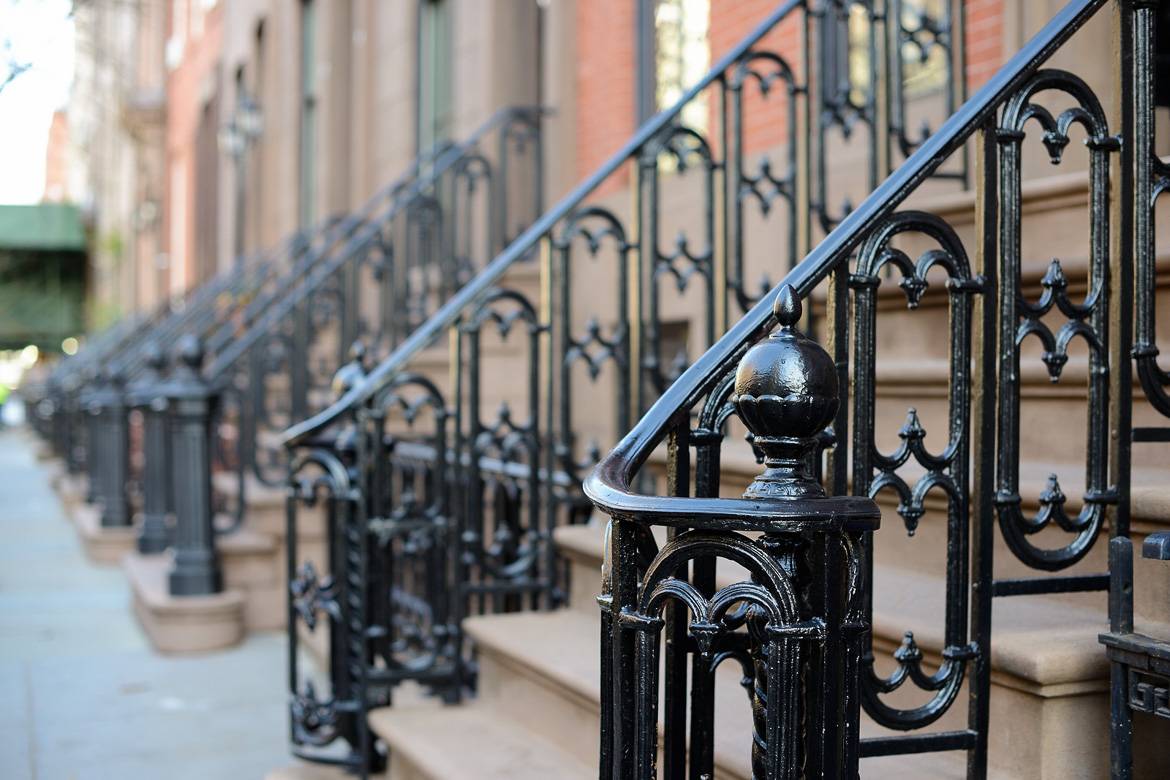
Welcome to Central Harlem!
Perhaps no neighborhood in New York can match Harlem for its artistic and cultural output, particularly from the work of its African-American community. The Cotton Club at 142nd and Lenox made icons of bandleader/composer Duke Ellington and singer Lena Horne, activist Marcus Garvey is immortalized by his eponymous park, and famous residents have included the likes of Maya Angelou and Kareem Abdul-Jabbar.
Central Harlem is north of Central Park, south of the Harlem River, west of 5th Avenue and Harlem River Drive, and east of Morningside Park and Edgecombe Avenue (a guide to the neighboring districts of Morningside Heights, Hamilton Heights and Washington Heights can be found here). Although it was an area of historical significance for centuries (the Continental Army successfully prevented the British from invading New York during the American Revolution), Harlem became world-famous thanks to a time period known as the Harlem Renaissance. The 1920s era witnessed an explosion of literature and the arts from the district’s black population.
Central Harlem’s location in upper Manhattan means it has great access to everything downtown as well as the outer boroughs through extensive transportation. Subway lines such as the A, B, C, and D run underneath, and above ground the neighborhood is serviced by Metro-North at 125th Street and various bus routes.
Go shopping in Central Harlem
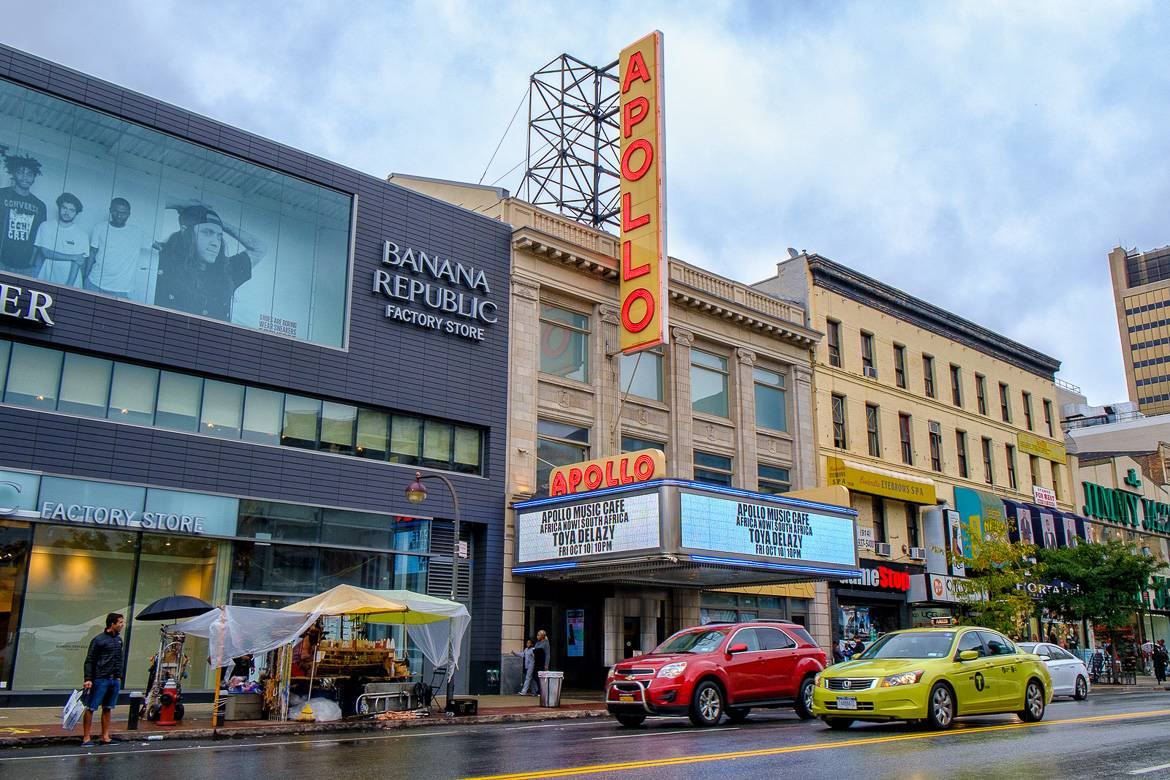
- Several main shopping streets weave through Central Harlem. 125th Street is a leading thoroughfare (subway and Metro-North stations are on this block) and home to discount fashion franchises such as Marshall’s and H&M. On the southern end of Frederick Douglass Boulevard you’ll find a handful of boutiques. Further uptown are more practical everyday shops like pharmacies, supermarkets, and Harlem USA, a mini shopping mall. Lenox Avenue and Malcolm X Boulevard have a wealth of businesses, especially restaurants and cafes.
- Central Harlem is home to some locally known stores. For expertly tailored menswear, B. Oyama is the best of the best. Carol’s Daughter, Trunk Show Designer Consignment brings international and Garment District creations to Harlem. Grandma’s Place is a must for families. This toy store, with its multicultural dolls and a massive inventory of puppets, is downright magical. And don’t miss Harlem Wine Gallery and Bebenoir while you’re in town.
- Farmers markets bring the best of local produce to urban settings. Enrich your cuisine by visiting the 125th Street Farmers Market for foods such as various honeys, marinades, herbs, and Caribbean flavors. Non-profit organization Harvest Home sponsors chapters at Lenox Avenue and Harlem Hospital to bring produce and other goods to your dinner table. Keep in mind that because these markets rely on fresh produce, they are seasonal (generally the season lasts between June and November).
Coffee, restaurants and nightlife in Central Harlem
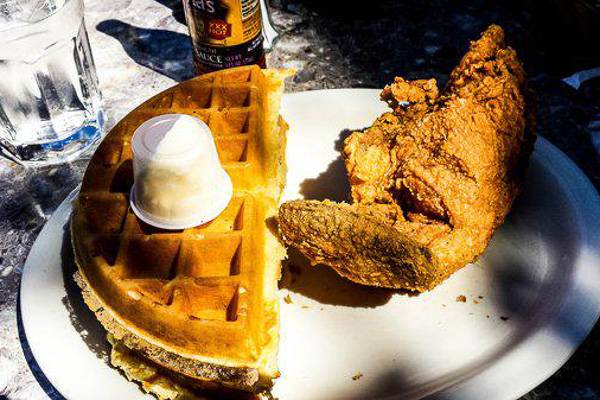
- Foodies will be delighted to sample the range of great restaurants in Central Harlem. For good old-fashioned soul food, stop by Sylvia’s Restaurant (brunches, known as Gospel Sundays, are a must). For something a little more adventurous, try Zoma; its spicy Ethiopian dishes are sure to satisfy. Harlem Shake‘s burgers, hot dogs, and milkshakes transport patrons back to the 1940s and 1950s. Other worthy eateries are Amy Ruth’s, Red Rooster, Melba’s, Corner Social, Lido, Chez Lucienne, Patisserie Des Ambassades, Lolita’s Restaurant and 5 & Diamond.
- Who says that you can’t dine for cheap in New York City? These Central Harlem locations will fill you up without emptying your wallet (you can eat for less than $8!). Guests rave about Oui Oui’s pizza (other perfect pizza parlors here) and delicious crepes. For Senegalese fare, try Kaloum Restaurant. And for those who are determined to stick to a healthy diet, Island Salad can feed you without forgoing taste. Don’t miss Jacob Restaurant, Custom Fuel Pizza, IHOP, Tropical Grill & Restaurant, and Marina’s Soul Food & Salad Bar. If you want to eat outside Harlem, explore New York’s international food scene with our guide!
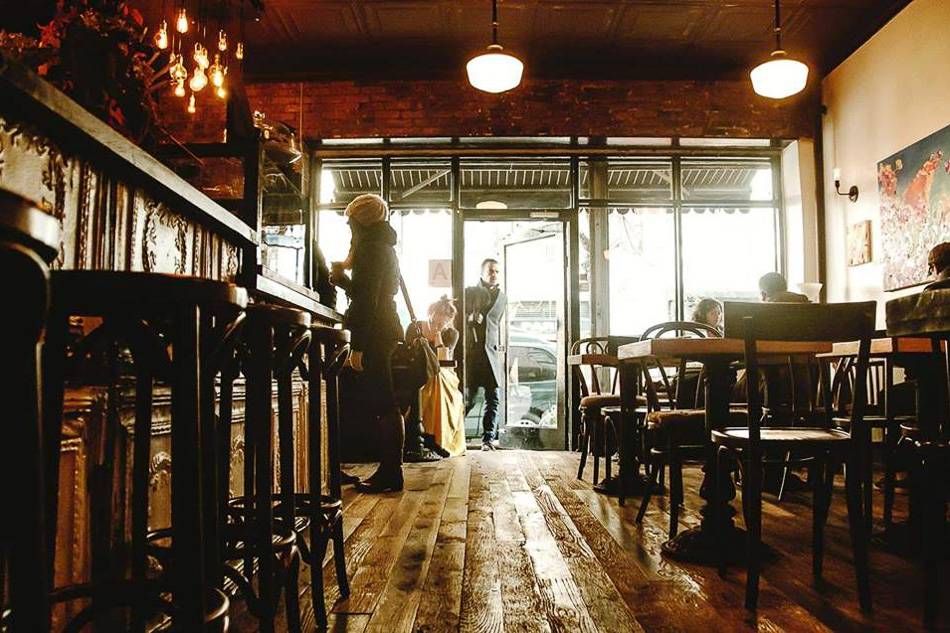
- If you need to caffeinate, Il Caffe Latte offers a whole menu of coffees. Once you’ve finished your mug, why not explore the coffee shop’s art gallery? For a chic yet comfortable vibe, there’s Lenox Coffee, with rich brews, baked goods, and frequent poetry readings and musical performances galore. Aspiring tea sommeliers won’t want to miss Serengeti Teas & Spices, which offers a varied collection of African flavors (you can even schedule a tea testing reservation!). Other notable spots include Café Amrita, Astor Row Café, and Double Dutch Espresso. And why limit yourself to Harlem? Check out our favorite coffee shops across the city!
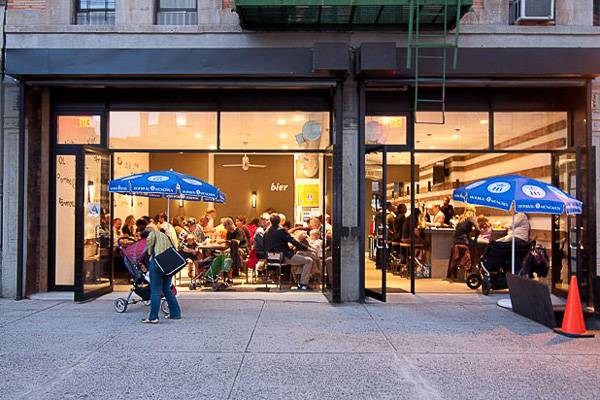
- After hours, explore Central Harlem’s exceptional bars and nightlife. For a taste of Germany in the middle of Manhattan, there’s Bier International; the beer garden first of its kind in Harlem. Traditionalists will enjoy the pub-like feel of Harlem Tavern, while modernists will appreciate Chocolat Restaurant Lounge’s contemporary décor. The area’s oldest jazz dive bar, Paris Blues, sponsors live music every day of the week. 67 Orange Street, Moca Bar & Lounge, Barawine, Cove Lounge, The L lounge, W XYZ Bar, American Legion Post 398, and La Bodega 47 Social Club are additional great places to visit. For music and dancing, there’s Ginny’s Supper Club (downstairs from the Red Rooster), which recreates the mood of an old speakeasy (jazz and blues performances included). For multimedia experience, there’s Shrine. This diverse and one-of-a-kind spot has a rotating playlist of rap, hip-hop, jazz, R&B, and African/Caribbean music. Don’t neglect the iconic Apollo Theater while you’re in town, either.
Stay or live in Central Harlem
Looking for a change of scenery from Midtown or the Village? Consider Central Harlem, which has some of the best apartment architecture in the city! Our team can help you find the perfect rental, whether you are vacationing here or seeking a more permanent home in a furnished rental. Looking for a roommate? We can help with that too! We’ll collaborate with you every step of the way to create a smooth transition into the wonderful hub that is Central Harlem.
Things to do and see in Central Harlem
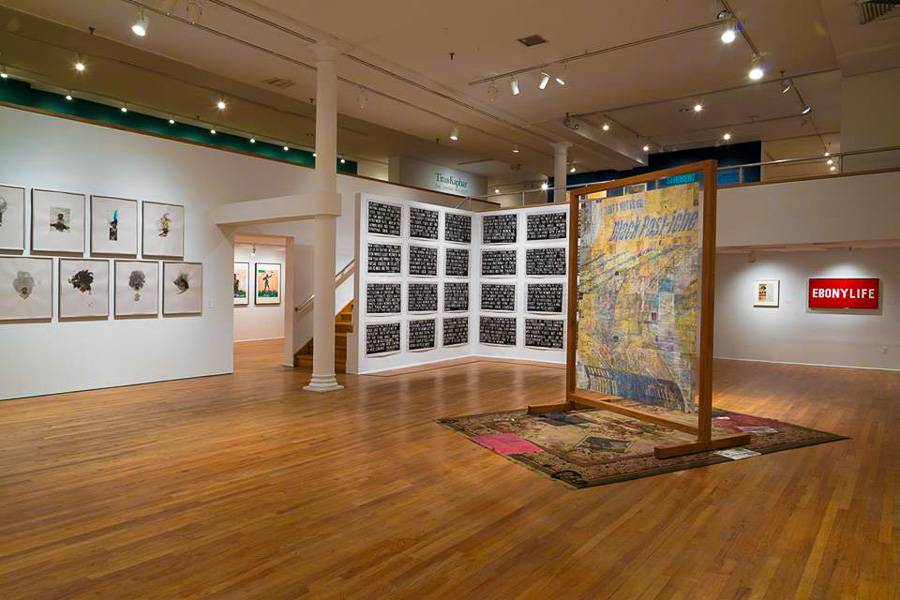
- Central Harlem might not be as close to the prestige of the Museum Mile (find our guide to the Museum Mile here) as its East Harlem neighbor, but it can claim one exceptional gallery among its ranks: The Studio Museum in Harlem. This museum exhibits and celebrates work from artists of African descent. There is a permanent collection on-site, as well as rotating exhibits that are displayed for several months.
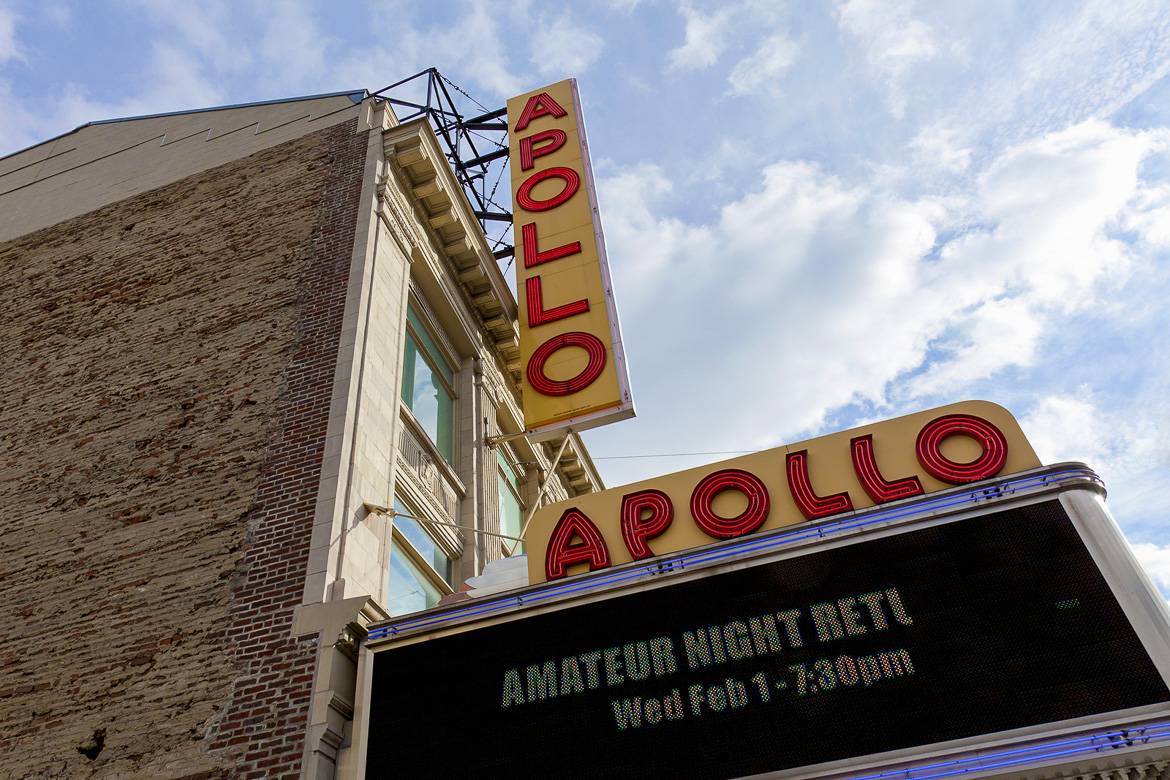
- Landmarks are very much a part of Central Harlem’s history. Abyssinian Baptist Church is one of the oldest of its kind in the country. Harlem’s tallest skyscraper, the Adam Clayton Powell Jr. State Office Building, stands as a fine example of Brutalist architecture. The Duke Ellington Circle honors a pioneer in American music with a statue in the center of the traffic circle. For studying, nothing tops the Schomburg Center for Research in Black Culture, one of the most prominent libraries devoted to the preservation of Afrocentric history. And why not spend an evening at the Apollo Theater, where performers such as Ella Fitzgerald, Aretha Franklin, and James Brown have taken the stage?
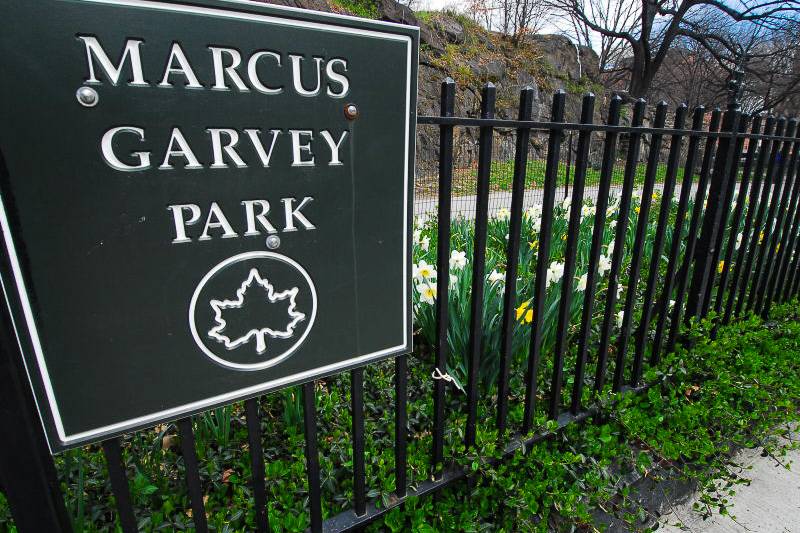
- Once you’ve finished the architectural and artistic tours, why not take advantage of the great outdoors? There are handball courts and barbeque spots at Saint Nicholas Park, a Kodak-worthy man-made pond at Morningside Park, a disability-accessible playground for children at Marcus Garvey Park, and many lovely features–including the exquisite Wisteria Pergola–on the northern end of Central Park (our guide to Central Park is here). Afterwards, take a look at our guide to other free things to do in New York.
What are your favorite places in Central Harlem?

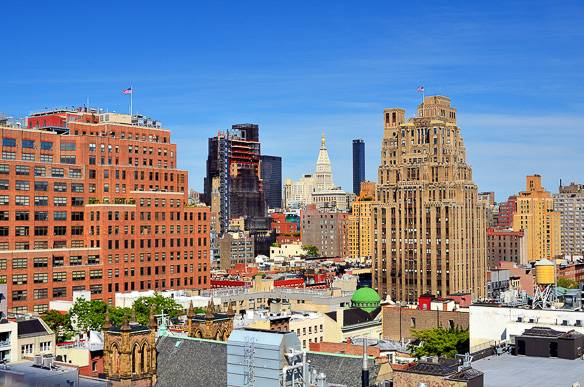
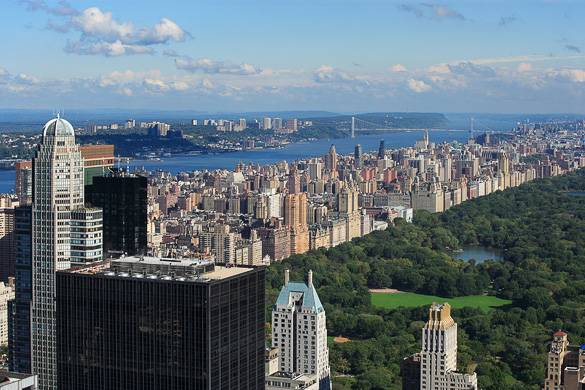
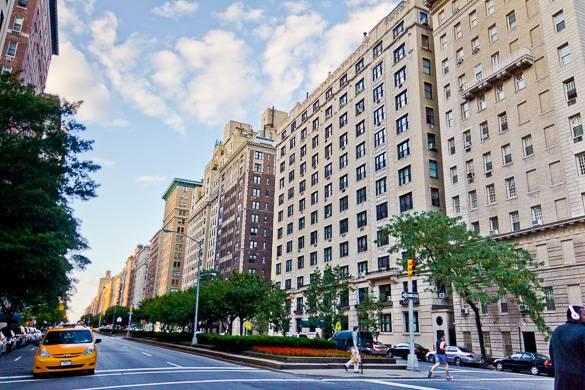
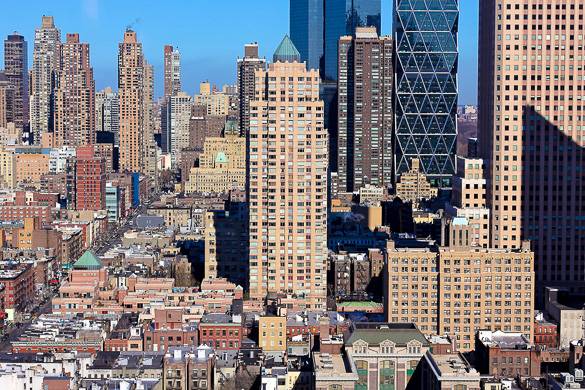
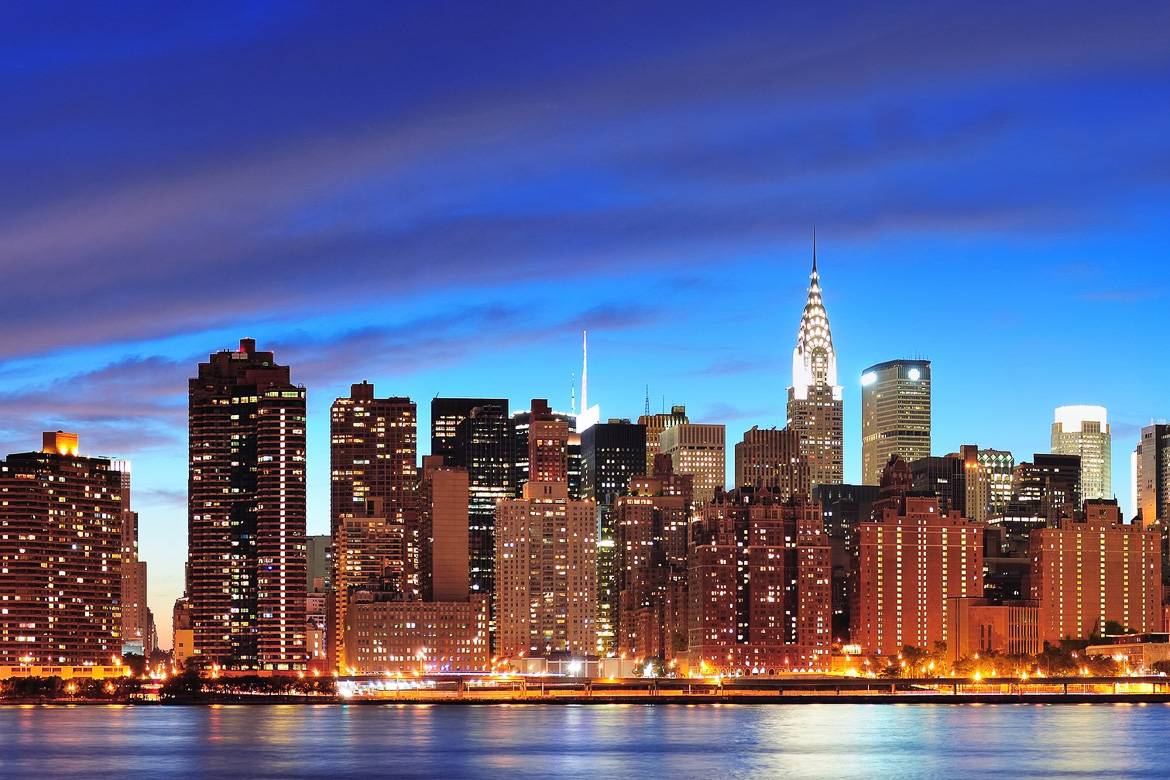
Leave a Reply